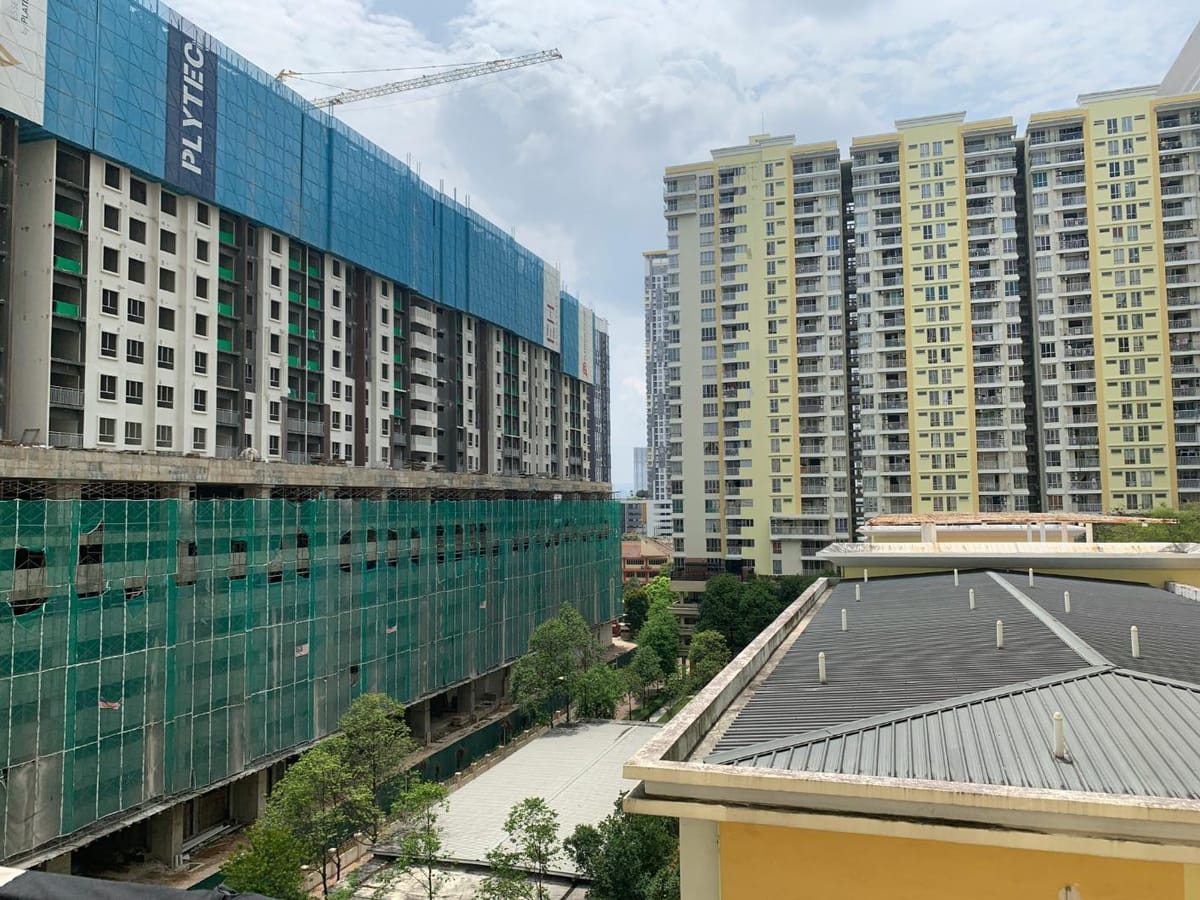Scottish New-Build Rental Construction Falls 26% as Investor Confidence Wavers

New data shows a sharp decline in Scottish build-to-rent projects. What is causing the slowdown, and what does it mean for landlords, developers, and investors?
The build-to-rent (BTR) sector in Scotland has seen strong growth over the last decade, offering modern rental homes for a market increasingly dominated by long-term renters. But fresh figures reveal a worrying trend: new-build rental construction has fallen by 26% over the past year.
With only 1,896 BTR units under construction in the first quarter of 2025, questions are growing about the future of rental supply north of the border. Investors, developers, and policymakers are all grappling with the same issues: rent controls, political uncertainty, and shifting economic conditions.
In this article, we explore why new rental projects are stalling, how this affects the broader market, and what steps the industry can take to adapt.
A Sector Under Pressure
The 26% fall in BTR construction is not a blip. It reflects a deeper unease among investors and developers operating in Scotland.
Several key factors have combined to suppress confidence:
- Policy interventions, including rent caps and eviction bans
- Ongoing uncertainty around future regulations
- Higher borrowing and construction costs
- A cooling rental market in key urban centres
While demand for quality rental accommodation remains strong, the risks associated with delivering new projects have grown substantially over the past 24 months.
Rent Controls: The Elephant in the Room
In 2022, the Scottish Government introduced emergency legislation to cap rent increases for existing tenants at 0%, later revised to a 3% cap. Eviction protections were also strengthened during the same period.
These policies were originally framed as temporary responses to the cost-of-living crisis, but extensions and hints of permanence have unnerved investors.
For build-to-rent developers, rent certainty is critical. Without the ability to adjust rents in line with operating costs or inflation, investment returns become harder to predict. This, in turn, makes securing finance for new projects more difficult.
Major investors have warned that Scotland risks losing billions of pounds in potential housing investment if confidence is not restored. So far, those warnings appear to be materialising.
The Wider Economic Context
Beyond political factors, broader economic headwinds are also playing a role.
- Higher interest rates have made development finance more expensive
- Inflation has pushed up labour and material costs
- Planning delays and land price inflation are adding further challenges
In a market where margins are already tight, these additional pressures can tip projects from viable to unviable. Developers who might previously have pursued Scottish schemes are now turning attention to English cities, where political conditions are perceived to be more stable.
Regional Impact: Where the Shortfall Hits Hardest
The drop in BTR construction is not evenly distributed.
- Edinburgh and Glasgow, traditionally strong rental markets, are seeing notable pullbacks in new project starts
- Secondary cities, such as Aberdeen and Dundee, are even more vulnerable, with several planned developments mothballed indefinitely
- Suburban and commuter belt schemes have become rarer, as smaller projects struggle to achieve economies of scale
This regional slowdown is especially concerning because demand for rental housing remains high in urban centres. Students, young professionals, and families continue to seek flexible, high-quality accommodation — but supply is failing to keep pace.
Implications for Landlords, Tenants, and Investors
The consequences of falling BTR construction will ripple across the property ecosystem.
1. Reduced Choice for Tenants
With fewer new rental units coming online, tenants face a more constrained market. Competition for existing stock will intensify, potentially pushing up rents on new tenancies despite overall caps on renewals.
This dynamic could deepen affordability issues and increase housing insecurity, particularly in cities like Edinburgh where rental markets are already tight.
2. Opportunities for Existing Landlords
Private landlords who maintain quality stock could benefit from reduced competition. Well-managed, energy-efficient properties will continue to command strong demand.
However, compliance with new regulations, such as energy performance standards and eviction protocols, remains essential to success.
3. Shift in Investor Focus
Institutional investors are already shifting Scottish allocations toward England and Wales. Build-to-rent schemes in Manchester, Birmingham, and Bristol are attracting attention that might once have been directed north.
This reallocation of capital could have lasting consequences for Scottish urban development unless confidence is restored.
Can the Decline Be Reversed?
The Scottish Government is aware of the growing concern and has proposed adjustments to rental regulations.
Proposals include:
- Introducing modest rent controls that allow increases linked to inflation
- Offering exemptions for new-build developments to encourage construction
- Providing clearer timelines for the review and sunset of emergency measures
While these ideas are a step in the right direction, many in the industry argue they do not go far enough. Investors and developers want certainty, not just flexibility.
Long-term legislative clarity, streamlined planning processes, and incentives for sustainable development are all seen as critical to reinvigorating the Scottish build-to-rent pipeline.
Strategic Insights for Property Professionals
For those still operating or investing in Scottish property markets, a few strategic considerations can help navigate the current environment.
1. Focus on Quality and Compliance
Whether in BTR or private rental stock, properties that meet the highest standards will remain attractive. Energy efficiency, connectivity, and tenant service are increasingly non-negotiable.
Compliance with evolving regulations is not just about avoiding fines — it is about building trust with tenants and protecting long-term asset value.
2. Build Partnerships with Local Authorities
As councils and governments seek solutions to housing shortages, there is an opportunity for developers and landlords to engage constructively.
Partnership models, joint ventures, and affordable-led schemes can unlock planning permissions and funding opportunities even in a challenging market.
3. Diversify Risk
Investors should consider geographic diversification, spreading exposure across multiple regions and cities to mitigate political and economic risks.
For developers, building flexibility into schemes — such as designing properties that can switch between build-to-rent and build-to-sell models — can provide valuable optionality.
Final Thought
The sharp fall in new rental construction in Scotland is not just a statistic. It is a reflection of how policy, economics, and sentiment interact to shape real-world outcomes in property markets.
For now, the outlook for Scottish build-to-rent remains cautious. But with the right adjustments, there is still a path to revitalising the sector and delivering the rental homes that cities like Edinburgh and Glasgow desperately need.
The property professionals who succeed in this environment will be those who stay agile, build for quality, and engage openly with the changing political landscape.
Adaptability, strategic thinking, and a commitment to tenant-centric development will separate those who survive from those who thrive.





